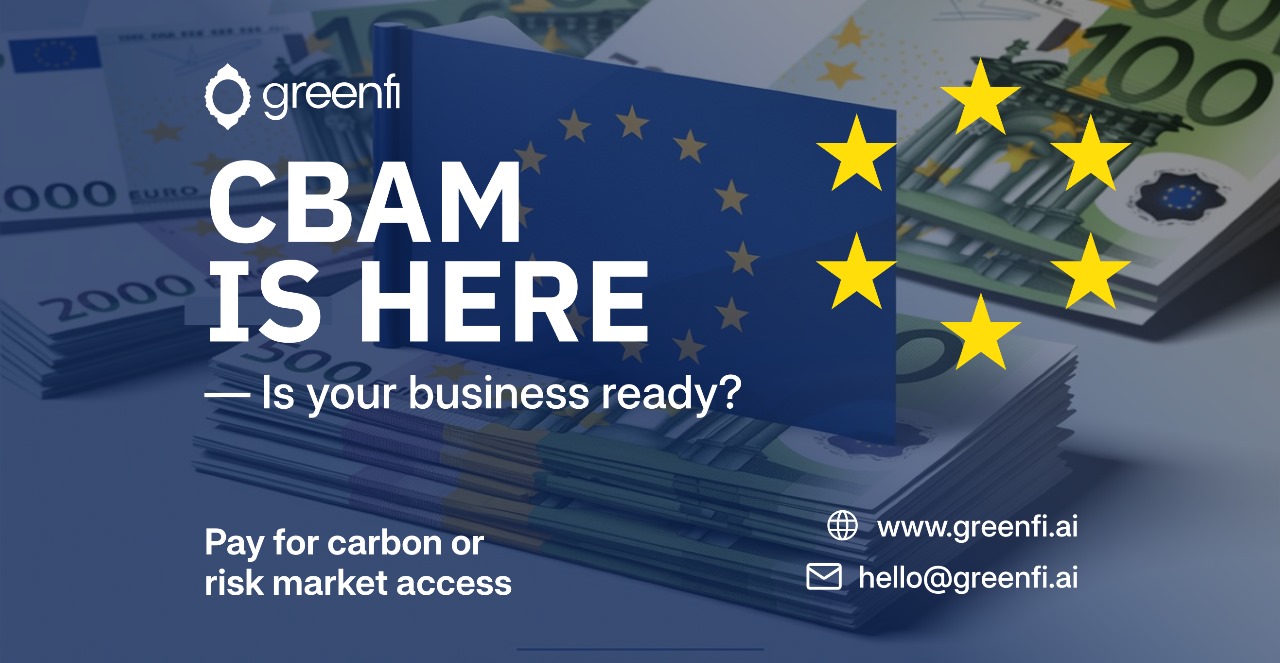The Carbon Border Adjustment Mechanism (CBAM) is a landmark policy by the European Union designed to prevent carbon leakage when companies move production outside the EU to avoid paying carbon costs. By putting a price on the carbon content of imported goods, CBAM ensures that all products entering the EU market reflect their true environmental impact.
How Carbon Leakage Happens
Under the current system, companies producing emissions-intensive goods like steel, iron, or aluminum in the EU must adhere to emission caps. If they exceed these limits, they must purchase carbon credits from producers who emit less than their allowance.
Without CBAM, companies could simply move production abroad to avoid higher EU carbon costs. While some countries may have local carbon regulations, these are often less stringent, allowing companies to reduce expenses while continuing to emit significant volumes of CO₂.
How CBAM Works
CBAM addresses this loophole by requiring mandatory CBAM certificates for all imported products. The certificate cost reflects the difference between the carbon price in the production country and the EU’s carbon price.
This means that companies cannot escape carbon costs, whether producing inside or outside the EU. Importing into Europe now carries a carbon price equivalent to what would have been paid within the EU market, leveling the playing field and encouraging global decarbonization.
What Businesses Should Do
- Map emissions across your supply chain to understand exposure.
- Align with EU reporting standards to ensure compliance.
- Invest in low-carbon technologies to reduce future costs.
- Prepare pricing strategies for CBAM certificates.
Takeaway
CBAM is more than a regulatory change, it’s a signal that the EU market favors decarbonized, sustainable products. Companies in heavy industries must act now to reduce emissions, remain competitive, and avoid financial penalties in Europe.
Contact hello@greenfi.ai to learn more about CBAM or even do CBAM reporting.









































